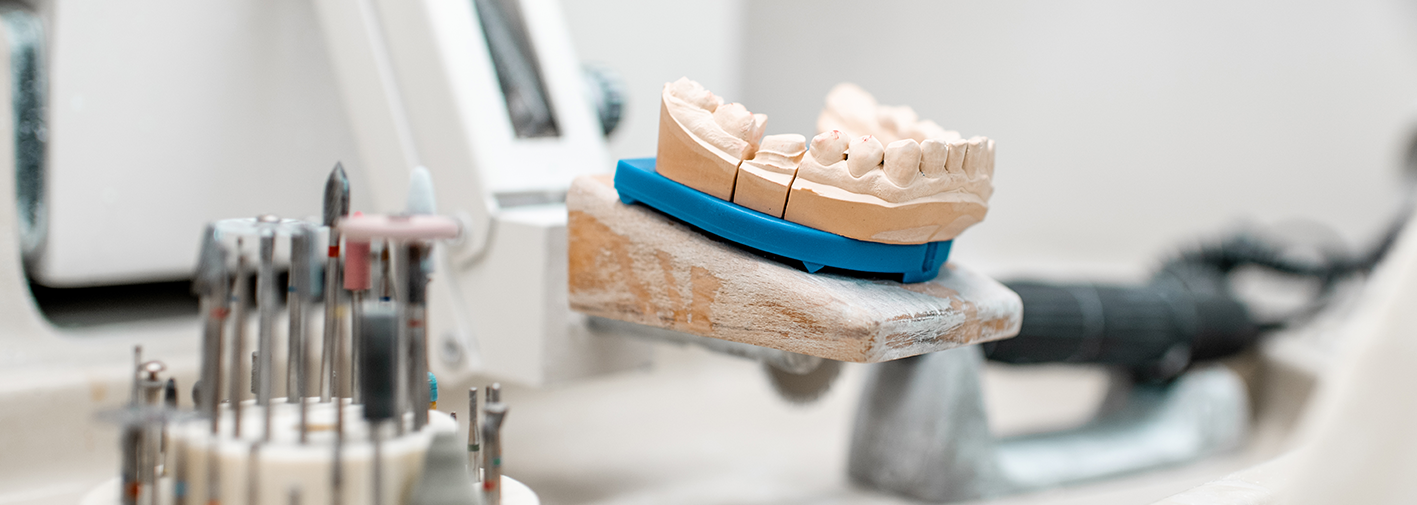
Ceramic crowns and bridges are widely used in dentistry to restore damaged or missing teeth. They are popular for their aesthetic appeal, strength, and biocompatibility. Here’s a breakdown of what they are and why they are important:
1. What Are Ceramic Crowns?
A ceramic crown is a cap placed over a damaged tooth to restore its shape, size, strength, and appearance. Unlike metal or composite crowns, ceramic crowns are made entirely of ceramic material, such as porcelain, which mimics the natural color and translucency of teeth. They are commonly used for front teeth due to their superior aesthetic qualities.
2. What Are Ceramic Bridges?
A ceramic bridge is a dental prosthesis used to replace one or more missing teeth. The bridge is anchored on the adjacent natural teeth (called abutments) or implants, with the ceramic false teeth (called pontics) filling the gap. Like crowns, ceramic bridges are chosen for their natural appearance and durability.
3. Benefits of Ceramic Crowns and Bridges
Aesthetics: Ceramic closely resembles the natural enamel of teeth, making the restorations almost indistinguishable from the surrounding teeth.
Biocompatibility: Ceramic materials are non-toxic and unlikely to cause allergic reactions, making them suitable for most patients.
Durability: Modern ceramic materials are strong and resistant to wear, ensuring long-lasting restorations.
Minimal Tooth Reduction: Compared to other types of crowns and bridges, ceramics often require less reduction of the natural tooth structure.
4. The Process
Consultation: The process begins with a consultation, where the dentist examines the teeth and discusses the best restoration options.
Preparation: The affected tooth is reshaped to fit the crown, or the abutment teeth are prepared for the bridge. An impression is taken to create a model for the custom ceramic restoration.
Fabrication: The ceramic crown or bridge is custom-made in a dental lab to match the patient’s natural teeth.
Fitting: Once ready, the dentist fits the crown or bridge, ensuring it aligns correctly and is comfortable. Adjustments are made if necessary.
Cementing: Finally, the crown or bridge is permanently cemented in place.
5. Maintenance
Maintaining ceramic crowns and bridges is similar to caring for natural teeth. Regular brushing, flossing, and dental check-ups are essential to ensure the longevity of the restoration and the health of the surrounding teeth and gums.
Conclusion
Ceramic crowns and bridges offer a reliable and aesthetically pleasing solution for restoring damaged or missing teeth. Their natural look, durability, and biocompatibility make them a preferred choice in modern dentistry.